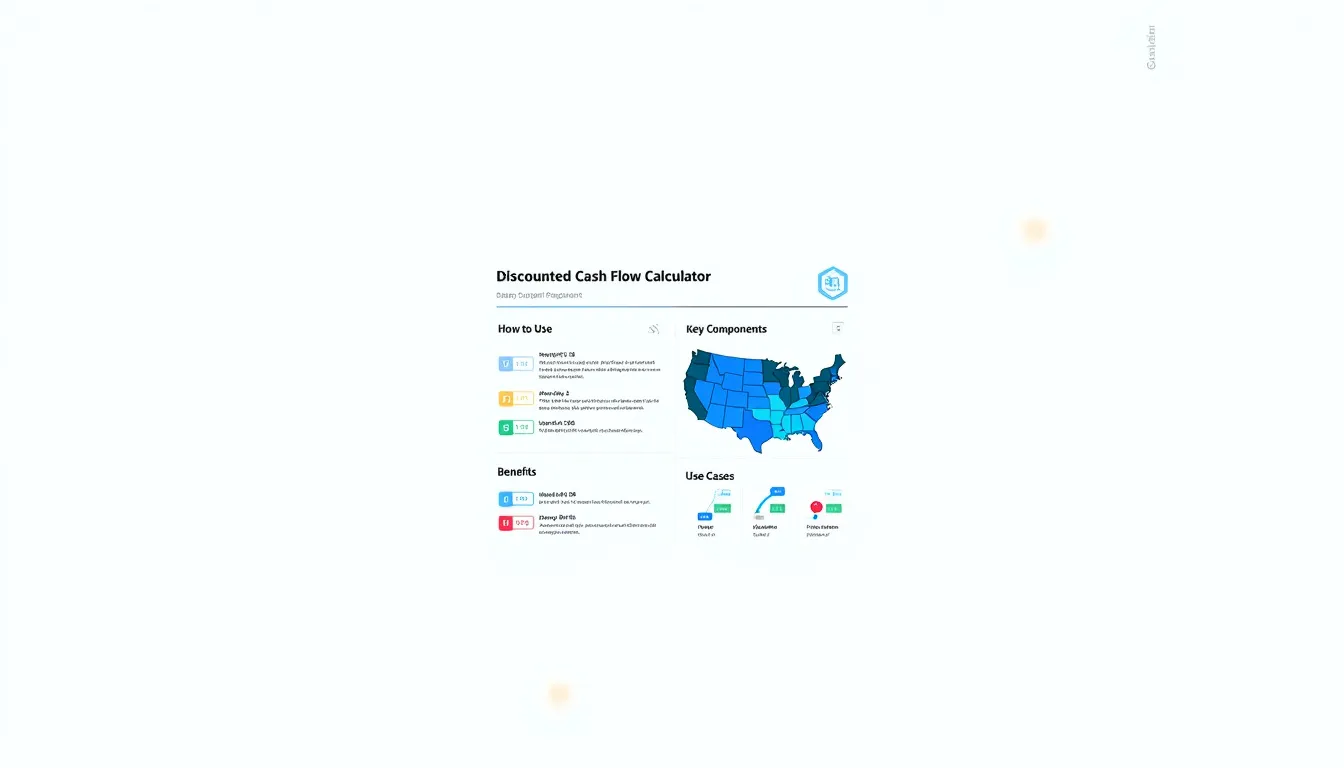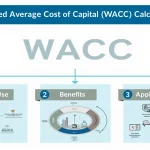Discounted Cash Flow Calculator
Is this tool helpful?
How to use the tool
- 1 – Real Feed-in Tariff (USD/kWh): Type your contract price, e.g., $0.11 or $0.18.
- 2 – Annual Production (kWh): Enter yearly output such as 5 000 000 or 6 800 000.
- 3 – WACC (%): Insert your weighted average cost of capital, e.g., 8 % or 5.5 %.
- 4 – Project Lifetime (years): Provide expected operating years like 18 or 27.
- 5 – Calculate: Press “Calculate” to view the discounted cash flow in dollars.
DCF formula
The calculator applies
$$ DCF = rac{CF}{WACC}\Bigl(1 – rac{1}{(1+WACC)^{n}}\Bigr) $$- CF = Tariff × Production
- WACC = Discount rate (decimal)
- n = Project lifetime (years)
Worked example A
- Tariff: $0.11/kWh
- Production: 5 000 000 kWh
- WACC: 0.08
- Lifetime: 18 years
CF = 0.11 × 5 000 000 = 550 000 USD.
DCF = 550 000 / 0.08 × (1 – 1 / 1.0818) ≈ $5 150 000.
Worked example B
- Tariff: $0.18/kWh
- Production: 6 800 000 kWh
- WACC: 0.055
- Lifetime: 27 years
CF = 0.18 × 6 800 000 = 1 224 000 USD.
DCF = 1 224 000 / 0.055 × (1 – 1 / 1.05527) ≈ $17 020 000.
Quick-Facts
- Typical feed-in tariffs span $0.05-$0.25/kWh across markets (IRENA Renewable Stats 2022).
- Utility-scale solar O&M averages $13/kW-yr (NREL Cost Report 2022).
- Global renewable WACC fell to 5.8 % in 2021 (IEA World Energy Outlook 2022).
- IEC 61215 suggests 25-30 year service life for crystalline-silicon PV modules (IEC 61215:2021).
FAQ
What does the discounted cash flow reveal?
DCF estimates today’s value of all future project cash inflows after risk adjustment, letting you compare investments on equal footing (Damodaran, 2022).
How do you compute annual cash flow?
You multiply the real feed-in tariff by yearly energy production; no operating costs are deducted in this tool.
Why use WACC instead of a fixed discount rate?
WACC reflects both debt and equity costs, aligning discounting with the project’s actual financing mix (Brealey & Myers, Principles of Corporate Finance 2020).
How sensitive is DCF to tariff changes?
A 10 % tariff increase raises CF by 10 %, which proportionally lifts DCF when other inputs stay constant.
What lifetime should you enter?
Use the technical life stated in equipment warranties—25 years for many PV modules per IEC 61215:2021.
Can you factor in O&M costs?
Subtract annual O&M from CF before entering if you want net cash flow; typical solar O&M is $13/kW-yr (NREL 2022).
Does the calculator consider inflation?
No. Enter real (inflation-adjusted) tariffs and WACC so inflation effects cancel out.
What is a “good” DCF value?
A DCF exceeding the initial capital cost signals positive net value; investors target positive NPV at their hurdle rate (IEA Project Handbook 2021).
Important Disclaimer
The calculations, results, and content provided by our tools are not guaranteed to be accurate, complete, or reliable. Users are responsible for verifying and interpreting the results. Our content and tools may contain errors, biases, or inconsistencies. Do not enter personal data, sensitive information, or personally identifiable information in our web forms or tools. Such data entry violates our terms of service and may result in unauthorized disclosure to third parties. We reserve the right to save inputs and outputs from our tools for the purposes of error debugging, bias identification, and performance improvement. External companies providing AI models used in our tools may also save and process data in accordance with their own policies. By using our tools, you consent to this data collection and processing. We reserve the right to limit the usage of our tools based on current usability factors.







